This is a revamp of this old gallery article first published by The Local in 2014.
1. The day after Midsummer
It's still raining, and you've got a throbbing migraine and nausea in your stomach. And you keep thinking, “It's not worth it”. But you'll do it all over again next year…
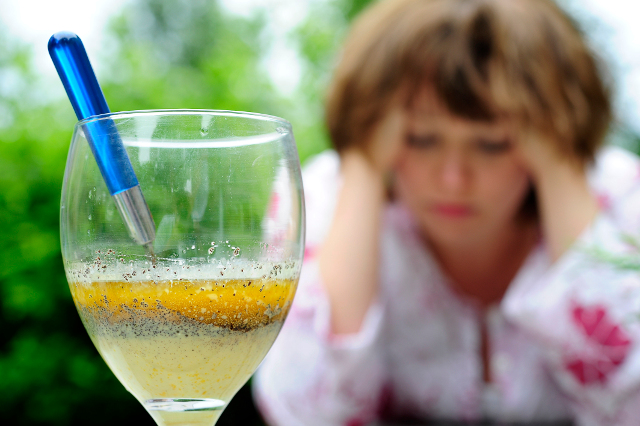
Not worth it. Not worth it. Photo: Anders Wiklund/TT
2. Throat-charring booze
They don't call it “brännvin” (literally 'fire wine') for nothing. Despite attempts to dress up this second-rate moonshine with fancy names and flavours like elderberry or blackcurrant, the swill downed following songs sung around the Midsummer table will most certainly leave a bad taste in your mouth.
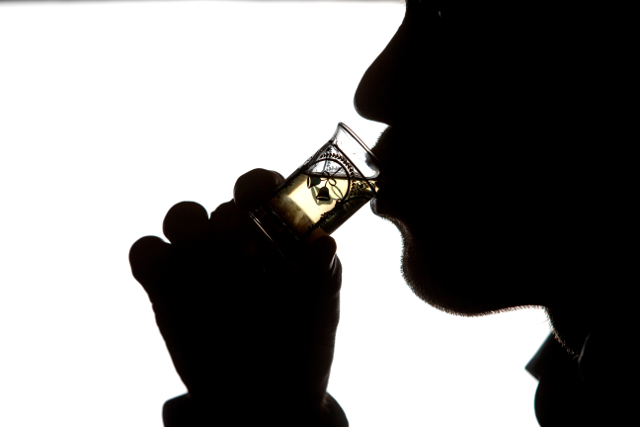
Snaps, akvavit or brännvin. It's got many names, but it doesn't change its flavour. Photo: Gorm Kallestad/NTB scanpix/TT
3. Enough with the herring already!
Why, WHY does every Swedish holiday require one to down copious helpings of pickled herring? No matter how many pieces of crisp bread or newly boiled 'fresh potatoes' you have with it, sill is still slimy and sour. More than enough herring is consumed at Easter or Christmas to amply satisfy the annual herring intake – so why not spend Midsummer grilling instead?
MEMBERS' QUIZ: Test your Swedish Midsummer knowledge
 Herring, herring everywhere. Photo: Fredrik Sandberg/TT
Herring, herring everywhere. Photo: Fredrik Sandberg/TT
4. The weather
It's the longest and supposedly the sunniest day of the year. But you know it won't be. It's bound to rain, or at least the threat of rain will hang over your head all day long. It may even snow (we're not kidding).
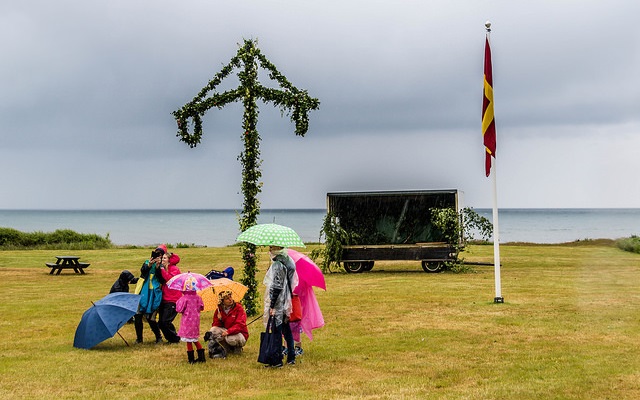
It will invariably start to rain. Photo: Susanne Nilsson /Flickr
5. Ridiculous costumes
Some may find them cute or endearing, but the traditional blue and yellow get-ups worn by many on Midsummer is just plain wrong for any number of reasons. For starters, what exactly does a pagan holiday rooted in the Middle Ages have to do with a contrived symbol for Swedish nationalism dating to the end of the early 1900s? If you want to look like a Smurf who spilt a can of yellow paint in your lap, be my guest – but save it for National Day, June 6th.
 People wearing Swedish regional traditional wear. Photo: [kajsa] / Flickr
People wearing Swedish regional traditional wear. Photo: [kajsa] / Flickr
6. The curse of high expectations
Isn't it enough to have one holiday a year where we look back and inevitably feel let down by all that wasn't? Not unlike New Year's, Midsummer is so wrapped up in people's idealised images of how things are supposed to be that it's nearly impossible to come away feeling like the experience lived up to pre-show billing, no matter how much alcohol is consumed.
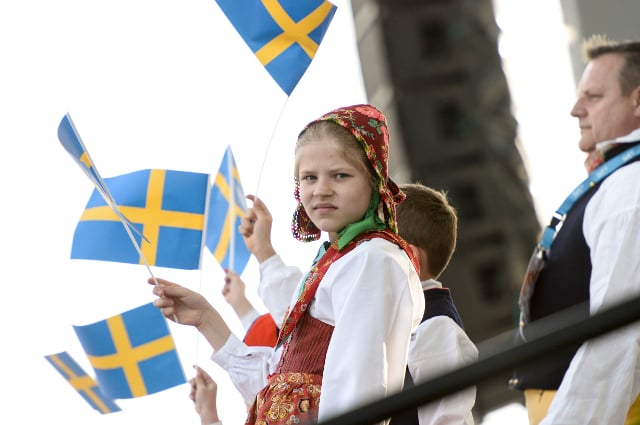
Midsummer… yay… Photo: Janerik Henriksson/TT
7. The mosquitoes
This is Midsummer, not Halloween! But it's summer and it's wet and the troops of blood-suckers are on the march. You insist on wearing your summer gear, which means your arms and legs will be covered by big red welts…
8. Dancing frogs and prancing pigs
Soon after the Maypole has reached its fully erect state, Midsummer revellers enter some sort of zombie-like trance which prompts them to make utter buffoons of themselves by dancing and singing in a series of ill-formed concentric circles.
READ ALSO: The seven bizarre traditions that make up Swedish Midsummer
Watching Swedes fumble through “Små grodorna” ('Little frogs') is a bit like witnessing a slow-motion auditory and visual train wreck which leaves one's psyche scarred.
9. It's the beginning of the end.
Indeed, the worst thing about Midsummer in Sweden is that it's the beginning of the end of the season of seemingly never-ending light. Even if you somehow manage to get through the snaps and sill, there's no escaping the fact that it's all downhill from here.
The days get shorter, the weather won’t get much warmer, and before you know it we'll be dusting off those winter boots again and watching the sunset on our lunch hours. (Sigh).
10. Not being Swedish
Then there are those of us who will never be Swedish. We don't have that little red cottage in the countryside. We weren't raised with midsummer celebrations, and we certainly weren't raised with sill. And we are thus cursed to either overdo it, or simply never “get it”.
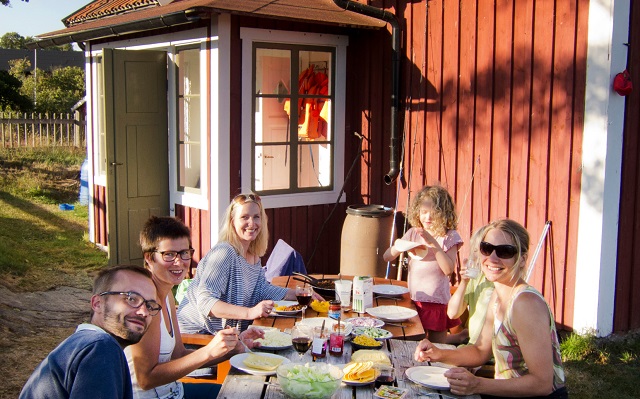 Pickled herring and snaps? Still don't get it. Photo: Melker Dahlstrand/Image Bank Sweden
Pickled herring and snaps? Still don't get it. Photo: Melker Dahlstrand/Image Bank Sweden

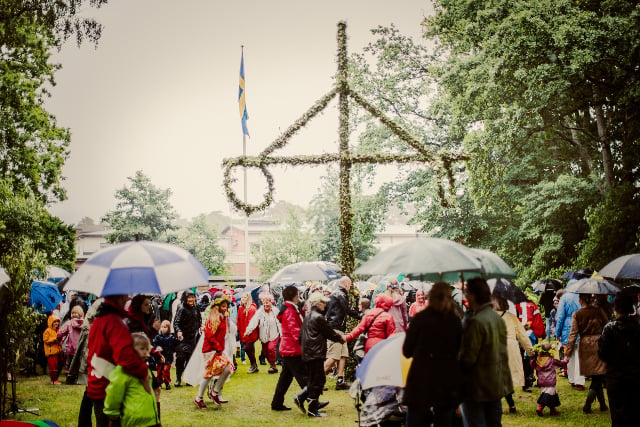
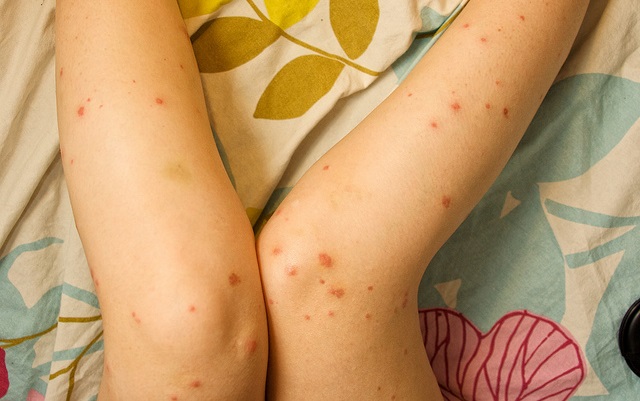
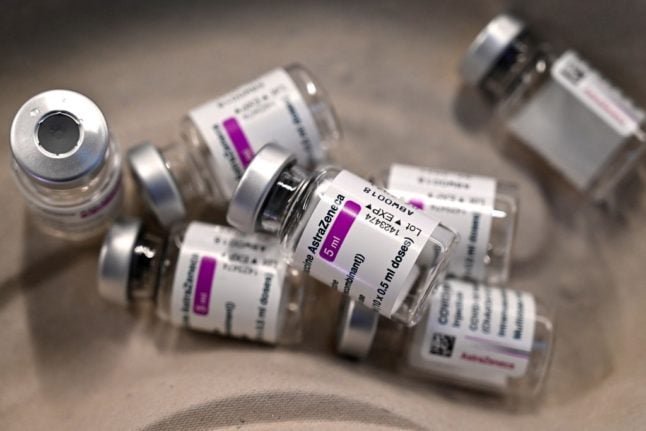
 Please whitelist us to continue reading.
Please whitelist us to continue reading.
Member comments